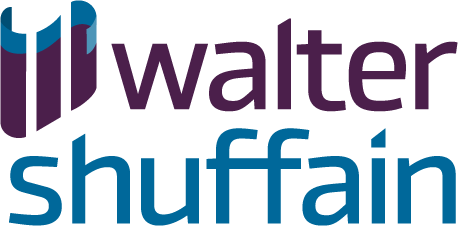The Small Business Administration (SBA) and Treasury announced on October 8 that a simplified application (Form 3508S) for Paycheck Protection Program (PPP) loan forgiveness is now available for borrowers whose loans fall in the $50,000 or less threshold. As more and more businesses begin filing for PPP loan forgiveness, this change outlined in a new interim final rule greatly simplifies the process for borrowers with smaller loans. However, it is important to note that this simplified form is not equal to automatic forgiveness.
Among the simplified provisions for borrowers with $50,000 or less in PPP loans is the exemption from a reduction in forgiveness based on reductions in full-time-equivalent (FTE) employees as well as reductions in employee salaries or wages. While certifications and documentation of payroll and non-payroll costs will still be required, this move streamlines the process significantly for borrowers with smaller loans who will not be responsible for potentially complicated calculations for FTE and salary reductions.
Borrowers with loans of $50,000 or less who are also included in affiliate loans totaling $2 million or more are not eligible for the new application. The SBA estimates that approximately 3.57 million loans were issued for $50,000 or less or $63 billion of the PPP funds, and that about 1.71 million of the loans were for businesses with one or zero employees.
Below are additional considerations to keep in mind:
- If you are the business owner, the amount that is eligible for forgiveness is capped at $20,833.
- Your forgiveness amount cannot exceed the principal of the loan even if you have additional qualifying expenses above and beyond the principal.
- If your business received an EIDL Advance, it is assumed the grant amount is counted toward your taxable income (definitive language has not been released), but expenses paid by the grant would be tax deductible.
- Remember to maintain adequate PPP records for six years, as all forgiveness requests are subject to audit by the SBA.
Updates for lenders
Lenders should note the further guidance on their responsibilities released with the notice which includes review of borrower documentation for eligible costs for forgiveness for all forgiveness applications. Lenders are required to confirm receipt of the borrower certifications the borrower’s documentation of payroll and non-payroll costs. Borrowers are responsible for their calculations and accuracy of the information provided, and lenders are permitted to rely on what the borrower has submitted.
It’s important to note that the amount of forgiveness cannot exceed the principal amount of the loan even if a borrower submits documentation for eligible costs exceeding the amount of their PPP loan.
Regardless of what form is submitted for forgiveness, lenders must:
- Confirm receipt of the documentation for payroll and non-payroll costs
- Confirm the borrower calculations, if applicable, up to the amount required to achieve forgiveness
Many questions remain about the tax treatment of some expenses that fall under the PPP. Contact your CPA for assistance with your forgiveness application and to have a thorough discussion about the impact your PPP loan has on your tax strategy and when is the best time to apply for forgiveness.
